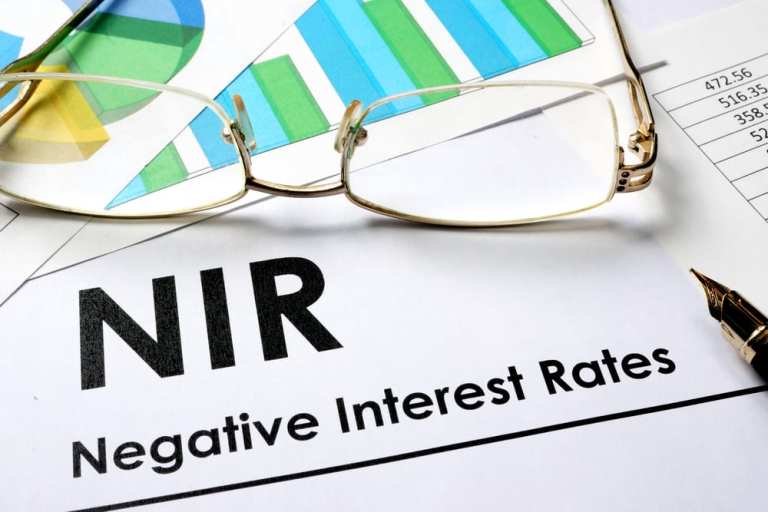
Please take out a loan. Stimulate the economy.
We’ll pay you to do it.
News came this week that Jysek Bank, a Danish bank that is among the largest in that country, is bringing to market what is being billed by publications such as The Guardian as the “first negative interest rate mortgage” – and the implications are widespread for the (global) economy.
The interest rate on the 10-year mortgage equates to negative 50 basis points per year.
Negative interest rates, as defined in simple terms, mean borrowers get paid to take loans and when they do pay them back, the creditor – in this case, the bank – gets back less than the amount that was lent out in the first place.
In terms of the mechanics of the loan, Jyske Bank said, the borrower makes monthly repayments and the balance gets paid down by more than those payments.
“We don’t give you money directly in your hand, but every month your debt is reduced by more than the amount you pay,” said Jyske’s housing economist, Mikkel Høegh, upon the announcement. This comes as the bank itself gets money from institutional investors at negative rates and passes that negative rate onto the end borrower.
But nothing comes for free. In many European countries, borrowers get paid nothing in interest. And for high-value accounts – say, hundreds of thousands of euros – the interest rates are negative, which means the banks are charging consumers to store their money. It may be conceivable that borrowers get paid to take out mortgages but pay to be the depositor, complicating the net effect of borrowing and lending.
For the institutions, too, this is a troubling sign. The implication is that money needs to move now, and that the longer-term picture is cloudy enough so that these companies (okay, this bank) may not believe that better opportunities to lend will come in the future. If the best-case or most palatable scenario is that you lend money and get paid less …what might that say about the longer term?
The negative interest rate offer is coming not just from banks, but from governments such as Japan. It’s not all that far-fetched to think the interest rates could effectively dip below zero in the United States, where the Fed, as is well-known, has just cut rates for the first time in more than a decade.
By driving rates to below zero, sovereign debt becomes less attractive, ostensibly driving investors to other instruments – perhaps investing in the economy at large, perhaps through corporate activities such as investing in plants and equipment and growth (and, yes, wages and jobs). But if the returns there are uncertain, particularly across any time frame of consequence, that’s a risky hope.
Thus, negative interest rates will have negative ripple effects far beyond the confines of mortgages.